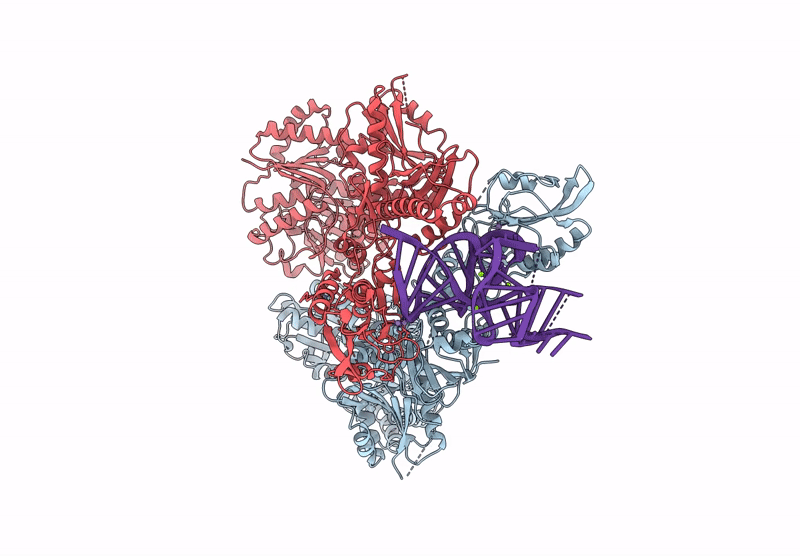
Deposition Date
2024-08-29
Release Date
2024-12-11
Last Version Date
2024-12-18
Method Details:
Experimental Method:
Resolution:
3.00 Å
Aggregation State:
PARTICLE
Reconstruction Method:
SINGLE PARTICLE


